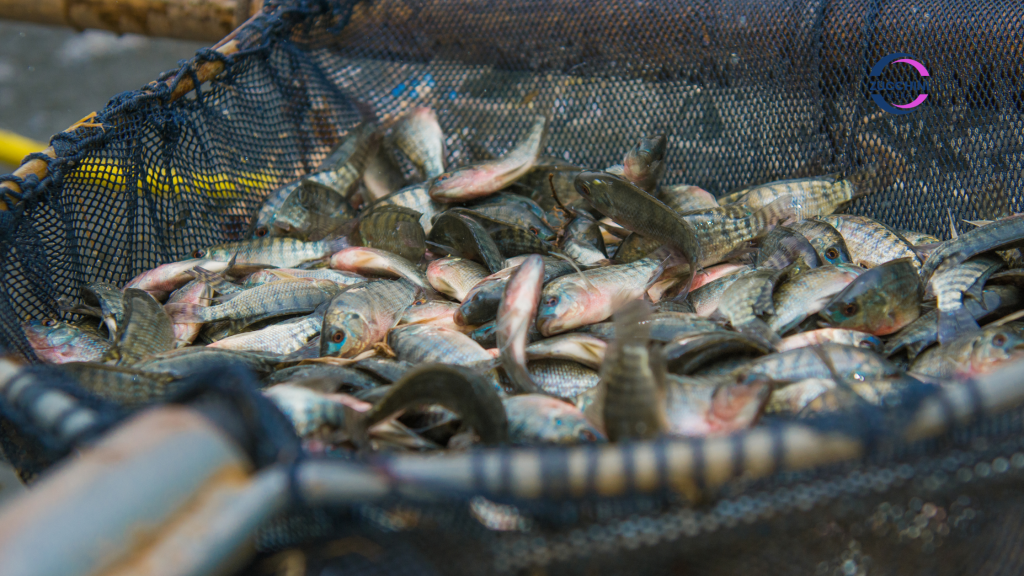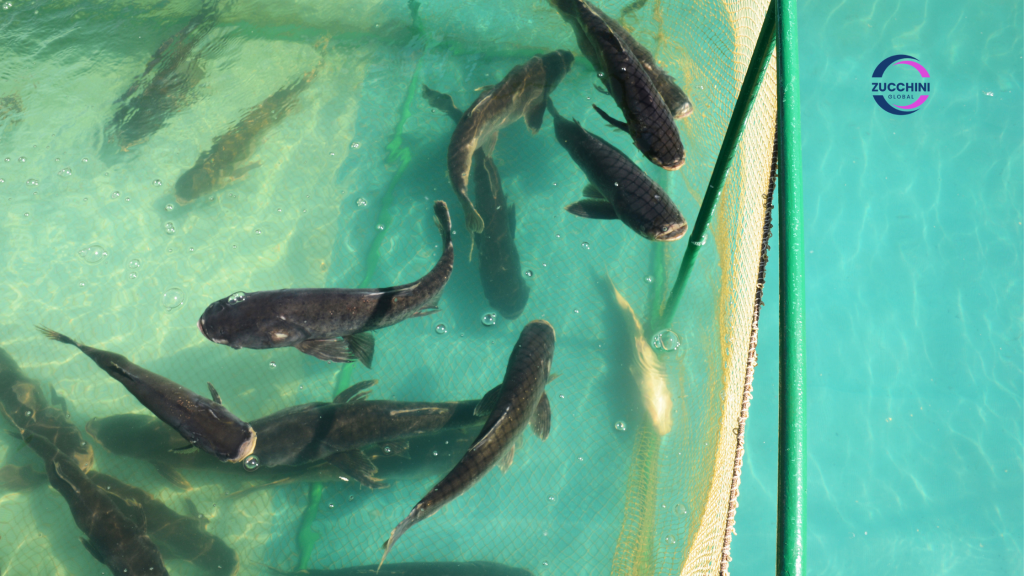
Automation in fish farming can significantly enhance both efficiency and fish welfare. By automating tasks like feeding, water quality management, and harvesting, farms can reduce labor costs, minimize waste, and optimize conditions for fish growth and health.
Aquaculture, once a heavily manual and labor-intensive practice is now undergoing a major transformation. Thanks to advances in automation, fish farms are becoming smarter, more sustainable, and significantly more efficient. But beyond productivity, automation is proving to be a game-changer for fish welfare, helping farmers monitor environmental conditions, reduce stress in aquatic animals, and prevent disease before it spreads.
In this article, we’ll explore how automation is improving both the efficiency and welfare standards in aquaculture, the technologies making it possible, and the long-term benefits for farmers and the environment.
Why Efficiency and Fish Welfare Matter in Aquaculture
As the global demand for seafood rises, fish farmers are under pressure to increase yields while minimizing costs and reducing environmental impact. But scaling up without the right systems in place can lead to overcrowding, poor water quality, and disease outbreaks—all of which compromise fish welfare and cut into profits.
This is where aquaculture automation comes in. By using technology to monitor and manage critical farm operations, farmers can ensure optimal conditions for growth while making their processes more efficient and less reliant on manual labor.
Key Areas Where Automation Boosts Efficiency
1. Smart Feeding Systems
Feeding accounts for up to 60% of operational costs in aquaculture. Traditional feeding methods often lead to waste and overfeeding, which pollutes water and harms fish health. Automated feeders, guided by sensors and AI, deliver feed precisely when and where it’s needed.
Benefits:
- Reduces feed waste
- Enhances feed conversion ratios (FCR)
- Promotes uniform fish growth
- Cuts labor hours significantly
2. Water Quality Monitoring
Fish thrive in stable environments. Automated systems now use IoT-enabled sensors to track parameters like oxygen levels, temperature, pH, and ammonia in real time. When thresholds are breached, alerts are sent or corrective actions are taken automatically.
Benefits:
- Maintains optimal water quality
- Prevents fish stress and mortality
- Enables quick response to environmental shifts
3. Data-Driven Farm Management
With cloud-based platforms and AI-powered analytics, farmers can collect and analyze data from across their operations. This enables informed decisions on stocking, harvesting, disease control, and resource use.
Benefits:
- Predictive insights for better planning
- Historical data for continuous improvement
- Centralized control of multiple farm sites
4. Automated Sorting and Harvesting
Robotics and machine vision systems can sort fish by size and health condition, reducing the stress caused by manual handling. These technologies also streamline harvesting, packaging, and transportation.
Benefits:
- Reduces fish injury and stress
- Speeds up harvest time
- Ensures consistent product quality
How Automation Enhances Fish Welfare

Contrary to concerns that automation might “dehumanize” farming, these technologies actually help create more humane conditions for aquatic animals.
Early Disease Detection
AI-based behavior analysis tools and underwater cameras can detect subtle changes in fish swimming patterns or feeding habits. These early warnings help farmers intervene before disease outbreaks occur.
Consistent Living Conditions
Automated systems maintain consistent temperatures, oxygen levels, and light cycles—factors that play a huge role in fish comfort and stress levels. Stability improves immunity and reduces the need for antibiotics.
Minimal Human Interference
Frequent netting, grading, and handling stress fish. Automated monitoring reduces the need for physical intervention, allowing fish to grow in a low-stress, naturalistic environment.
Read:How Poultry Farms Can Boost Efficiency and Cut Costs Through Automation
Real-World Examples of Fish Farm Automation
- Singapore Aquaculture Technologies uses AI-powered underwater cameras to monitor fish health and behavior, helping them optimize feed schedules and reduce mortality.
- XpertSea uses data and machine learning to help shrimp farmers in Latin America reduce antibiotic use and improve yield predictions.
- Probotic, a Norwegian startup, uses autonomous underwater robots to inspect nets for damage and fouling—reducing the risk of escapes and ensuring better hygiene.
Challenges to Automation Adoption
Despite the benefits, automation in aquaculture is not without its challenges:
- High upfront costs for equipment and infrastructure
- Need for technical skills among farm staff
- Data privacy and connectivity issues in remote locations
- Energy consumption, especially in Recirculating Aquaculture Systems (RAS)
However, as technology becomes more accessible and the ROI becomes clearer, these barriers are gradually falling.
The Future of Automated Fish Farming
The aquaculture industry is moving toward precision fish farming—a model that blends biology, data science, and engineering to maximize both yield and animal welfare. Automation will play a central role in this future, enabling farmers to manage their operations more like smart factories than traditional fish ponds.
As climate change and global food insecurity grow more pressing, technologies that promote sustainable aquaculture will become not just helpful, but essential.
Conclusion
Automation is not just about replacing humans with machines. It’s about empowering farmers to make better decisions, faster. From smart feeders and water quality sensors to disease detection and robotic harvesters, automation is revolutionizing aquaculture in ways that benefit both the bottom line and the wellbeing of fish.
For aquaculture to be truly sustainable, we must balance efficiency with empathy and automation offers the tools to do just that.
At Zucchini Global, we help businesses improve overall efficiency and fish welfare. We offer:
- Reliable software implementation
- Staff training and onboarding
- Post-launch support, updates, and system maintenance
Let’s build fish farms that are good for business and also good for fish.
Are you working on digitising aquaculture or supporting smart farming systems? Let’s connect! We’d love to hear how you’re approaching this shift.

